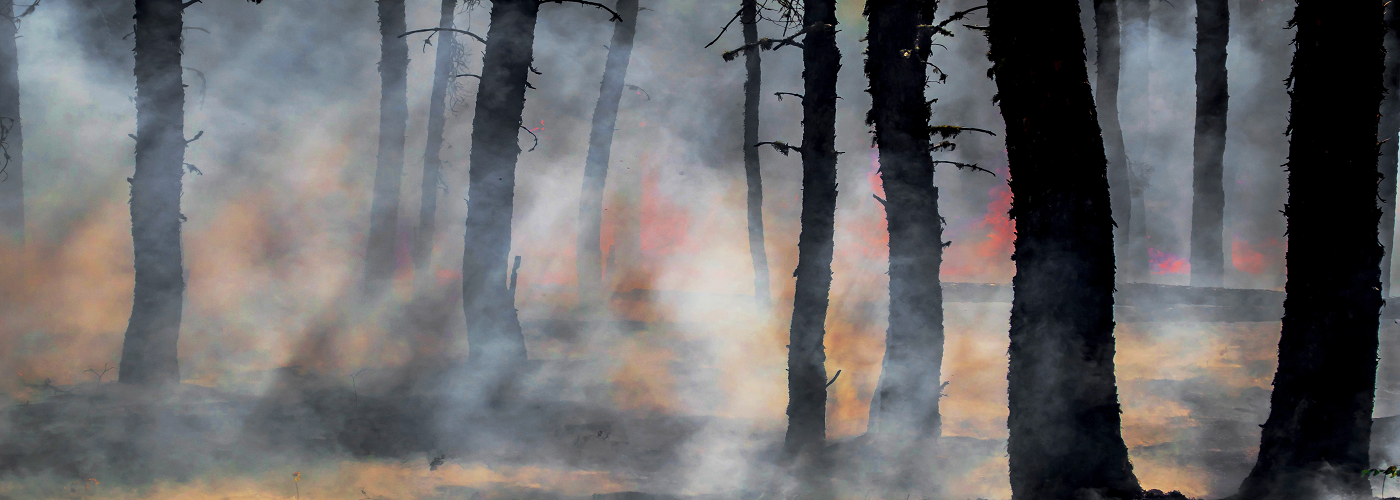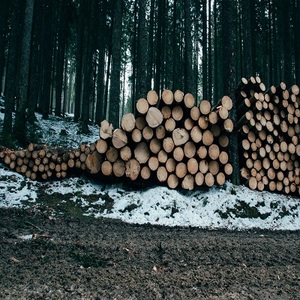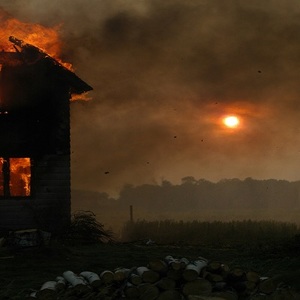

It was a red letter date in the history of fires in the United States; on October 8, 1871 the Great Chicago Fire ravaged that city killing 300 people and causing the equivalent of $4.593 billion damage in today’s dollars. However, on that same evening 250 miles to the north of Chicago, the deadliest wildfire in U.S. history swept through the small town of Peshtigo, Wisconsin claiming an estimated 1,500 to 2,500 lives.
The summer and early autumn of 1871 had been unusually hot and dry across a large section of the central United States, creating drought conditions across the Midwest. The community of Peshtigo was surrounded by dense, old-growth forest that was still in the process of being cleared to provide for agricultural land and for railroad development. Moreover, much of the town of Peshtigo was made of wood, from the houses, to the world’s largest woodenware factory; even the sidewalks were made of wood with sawdust covering the streets.
On October 8th, a powerful low pressure system was working eastward from the Northern Plains into the Midwest. Gusty south to southwest winds out ahead of the area of low pressure fanned smaller ongoing fires to the west of town which had been burning for weeks. The fire soon grew into a conflagration that sounded like a constant thunder as it approached Peshtigo.
Accounts from survivors of the Peshtigo disaster, who fled east to the Peshtigo River to escape the wall of flames reaching 200 feet in height described houses and rail cars being tossed into the air, indicating a possible fire tornado touchdown, similar to the ones seen in such modern day fires as the 2003 Canberra, Australia and 2018 Redding, California events. Temperatures in the fire reached an estimated 2,000°F, enough to melt sand into glass forcing those who fled to the river to stay immersed in the water only surfacing to breathe. As the telegraph lines were knocked out by the storm, news of the event in the cut off town was overshadowed by the Chicago Fire.
Contributing factors to the Peshtigo Fire included the slash-and-burn method used to clear the land for agriculture, the practice of loggers of clearing the forest timber, but leaving behind brush and limbs, as well as the way railroad workers would use small fires to clear the way, but leave behind piles of leftover wood behind them. This was all in addition to the ongoing drought and high winds.

